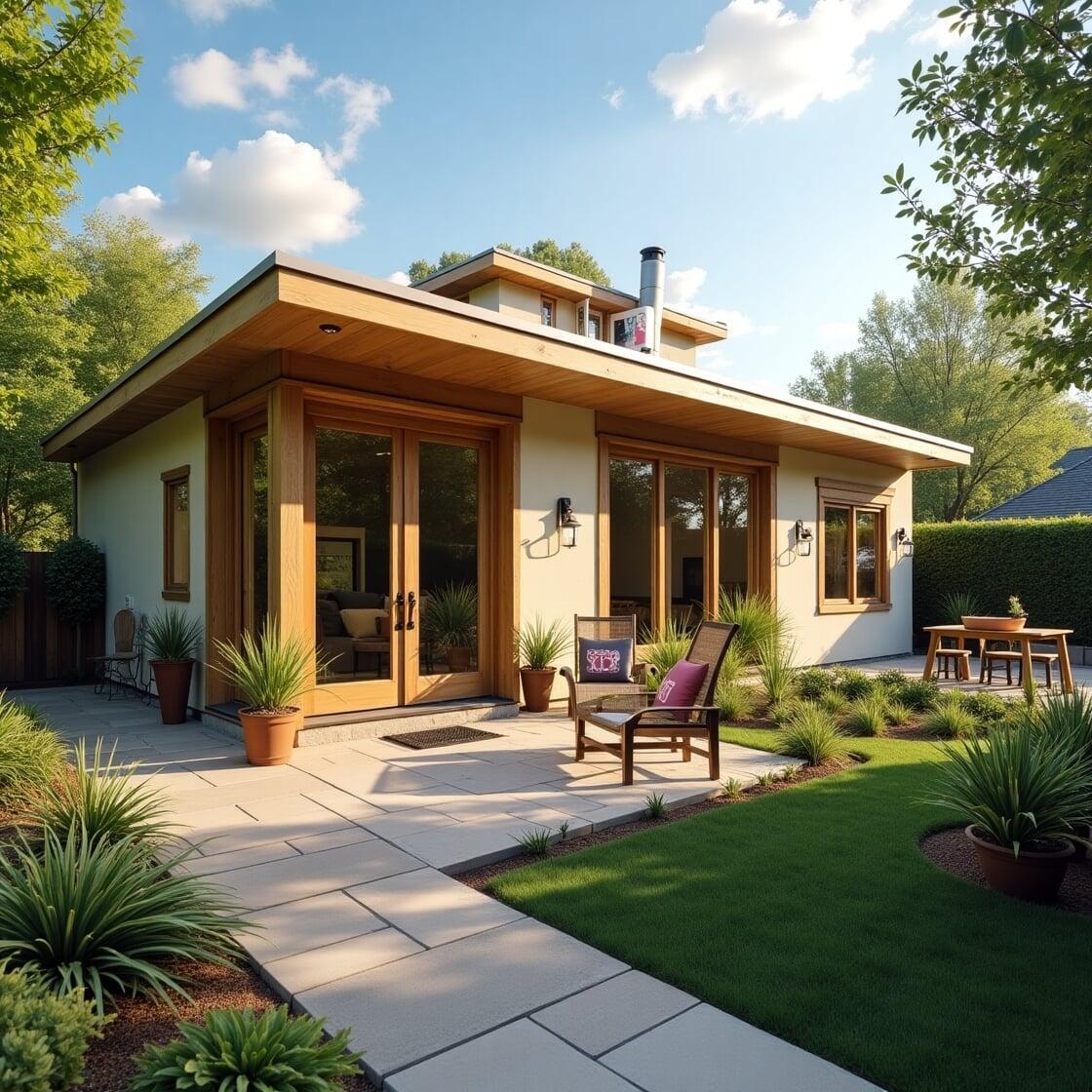| Table of Content |
| 1. What is an ADU? |
2. Benefits of Building a Permitted ADU |
| 3. Current State of ADU Permitting in California |
| 4. The Future of ADU Permitting: Trends to Watch |
| 5. Possible Legislative Changes in 2025 and Beyond |
| 6. Predictions: Where ADU Permitting Is Headed |
| 7. FAQ |
California’s housing crisis has put Accessory Dwelling Units (ADUs) in the spotlight as one of the most promising solutions. Over the last five years, the state has enacted sweeping reforms to streamline the ADU permitting process. But what’s next? Will future regulations eliminate permits altogether? Will new technology or housing policies change how ADUs are designed, approved, and built?
In this article, we’ll explore the future of ADU permitting in California — including legislative trends, technological advances, and predictions for how ADU development will evolve in the coming years.

✅ Benefits of Building a Permitted ADU
Choosing to build a permitted ADU — instead of bypassing regulations — offers multiple long-term advantages:
✔️ Boosts property value and marketability
✔️ Generates legal rental income
✔️ Ensures structural safety and code compliance
✔️ Qualifies for financing, refinancing, and insurance
✔️ Protects against fines, enforcement, or demolition
Permitting isn’t just a legal requirement — it’s a smart investment in your home’s future.
📜 Current State of ADU Permitting in California
Thanks to pro-housing legislation like SB 13,AB 68, and AB 1033, the ADU permitting process has become far more accessible. Major recent changes include:
🕒 60-day permit turnaround time (state-mandated)
🏘️ No more owner-occupancy requirements (through 2025)
🛠️ Pre-approved ADU plans available in select cities
Despite this progress, homeowners still report issues like long wait times, inconsistent local interpretations, and complicated inspection schedules.
Check California's New ADU Laws
🔮 The Future of ADU Permitting: Trends to Watch
1. Permit-Free or “Permit-Lite” ADU Models
There's growing legislative interest in allowing very small ADUs (such as JADUs or units <500 sq. ft.) to be built without full permitting — relying instead on self-certification or online registration.
2. Statewide Pre-Approved ADU Plans
Expect a push for a centralized library of pre-approved ADU designs, accessible to all Californians. These plans would speed up the permitting process and reduce design costs.
3. Digital Permitting Systems
Look for cities to invest in automated permitting platforms, allowing homeowners to submit plans, track approvals, and schedule inspections online — reducing processing time by weeks.
4. AI-Assisted Design and Compliance Tools
As artificial intelligence becomes more integrated into construction tech, homeowners may soon use AI design tools to generate plans that automatically meet California’s ADU codes.
5. Local ADU Incentives and Grants
To promote affordable housing, municipalities may introduce:
Local rebates for low-income ADU tenants
Fast-track approval for deed-restricted ADUs
Reduced fees for green or energy-efficient units
6. Extended Owner-Occupancy Waivers
The 2025 expiration of the owner-occupancy waiver (for ADUs built between 2020–2025) could be extended or made permanent, especially if data shows positive outcomes.
🏛️ Possible Legislative Changes in 2025 and Beyond
Likely Future Reforms:
Expansion of ADU-by-right policies in all residential zones
Reduced parking requirements for ADUs near transit
Zoning code updates to allow more than 2 ADUs per lot in certain cases
Penalty-free legalization pathways for existing unpermitted ADUs
Flexibility for ADUs in HOA and historic districts
Lawmakers and housing advocates are working to make ADUs a core part of California’s long-term housing strategy.
💡 Predictions: Where ADU Permitting Is Headed
| Future Development | Likelihood | Impact |
|---|---|---|
| Pre-approved statewide ADU designs | ★★★★★ | High |
| AI-based permitting reviews | ★★★★☆ | Medium |
| Permit exemptions for small ADUs | ★★★★☆ | High |
| Full digital permit processing | ★★★★★ | High |
| National ADU financing standards | ★★★☆☆ | Medium |

